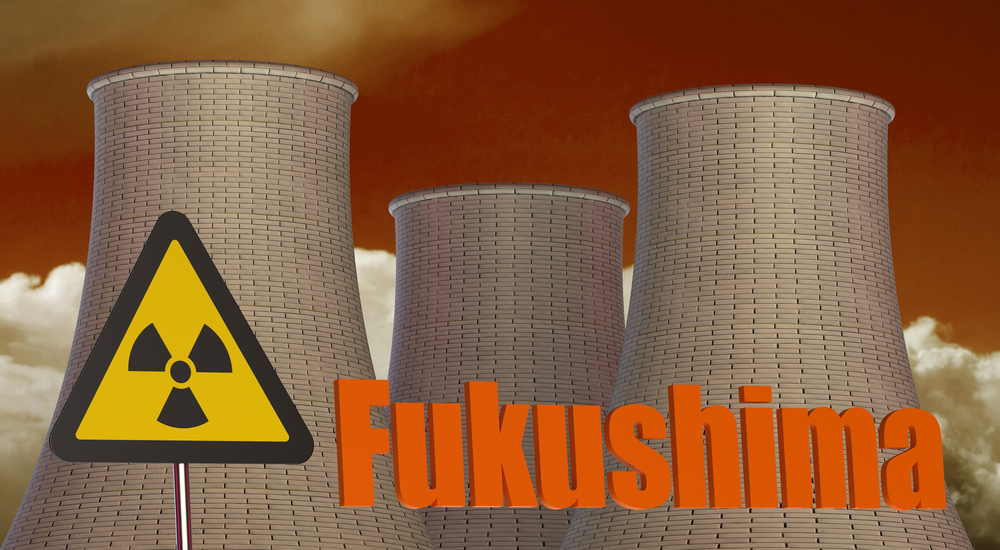Not too long ago, we touched on the concept of using robots as a way to complete surveillance at disaster-stricken areas. Fukushima, Japan is one of those places where robots could make a big impact. This week, an underwater robot entered one of the damaged Fukushima reactors and captured some stunning images.
Robots are Critical for Examining Disaster Areas
Scientists are using swimming robots to capture underwater images of Fukushima. The region became the center of attention in 2011 due to a reactor meltdown. Even today, radiation levels at the site prove harmful to humans. Prolonged exposure to this level of radiation can cause illnesses and even death, making it difficult for scientists to examine the reactors.
One way to solve this issue is by using swimming robots. One robot recently entered one of the damaged Fukushima reactors to capture footage of the inside of the facility. A lot of damage has been caused by the meltdown, and the subsequent tsunami caused even more damage. The Unit 3 reactor containment vessel, for example, was completely destroyed.
This underwater robot, which has been nicknamed the Little Sunfish, captured views of underwater damage previously unseen by scientists. There was also a wave of disappointment, since the image did not show any of the melted nuclear fuel which is still unaccounted for. Despite this lack of evidence, the robot will continue its thorough investigation over the coming days and weeks.
The swimming robot is very small. It is well within the size of a loaf of bread, making it a very compact and versatile exploration companion. The machine is equipped with five different propellers that help it maneuver, and different lights take well-illuminated, high-quality photos of the Fukushima reactor structure. Pictures are gathered using its dual-camera setup. Controlling the robot still requires four operators, but it is a much safer solution than sending humans inside the reactor.
The Toshi corporation is partially responsible for developing this swimming robot. It is good to see the electronics giant playing an active role in such a critical mission. Cleaning up the Fukushima disaster will take many more years. However, the robot has already collected some valuable information, including the fact that a grated platform below the reactor core is missing. Scientists and researchers would have otherwise never known this vital piece of information.
Assuming the melted nuclear fuel can indeed be located, the current plan is to come up with ways to dispose of it by 2021. To do so, they will need to determine the exact location of the fuel and get a better overview of the structural damage in all three reactors. This is where robots such as the Little Sunfish will come into the picture, and they are invaluable assets to speeding up the decommissioning process. It is also the first time a robot has successfully withstood 200 sieverts of radiation without a problem.

